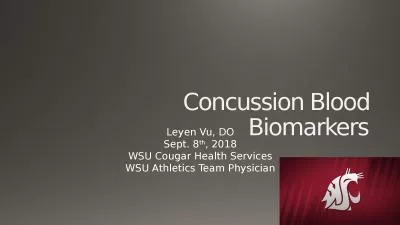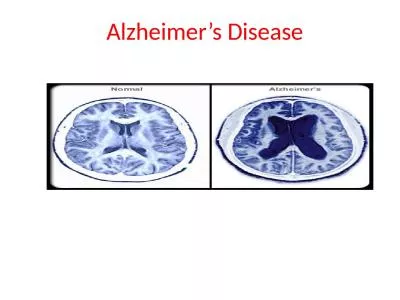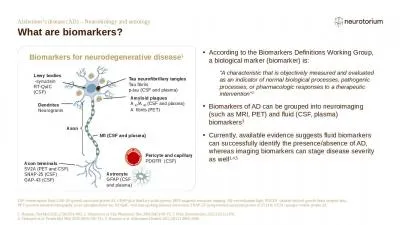PPT-Alzheimer’s Disease Center Fluid Biomarkers Study
Author : cecilia | Published Date : 2023-11-23
Collection and Shipment Training Training Overview ADC FB GUIDs Kit Review Sample Collection and Processing Sample Shipping Sample Form NCRAD Website Common Nonconformance
Presentation Embed Code
Download Presentation
Download Presentation The PPT/PDF document "Alzheimer’s Disease Center Fluid Bioma..." is the property of its rightful owner. Permission is granted to download and print the materials on this website for personal, non-commercial use only, and to display it on your personal computer provided you do not modify the materials and that you retain all copyright notices contained in the materials. By downloading content from our website, you accept the terms of this agreement.
Alzheimer’s Disease Center Fluid Biomarkers Study: Transcript
Download Rules Of Document
"Alzheimer’s Disease Center Fluid Biomarkers Study"The content belongs to its owner. You may download and print it for personal use, without modification, and keep all copyright notices. By downloading, you agree to these terms.
Related Documents

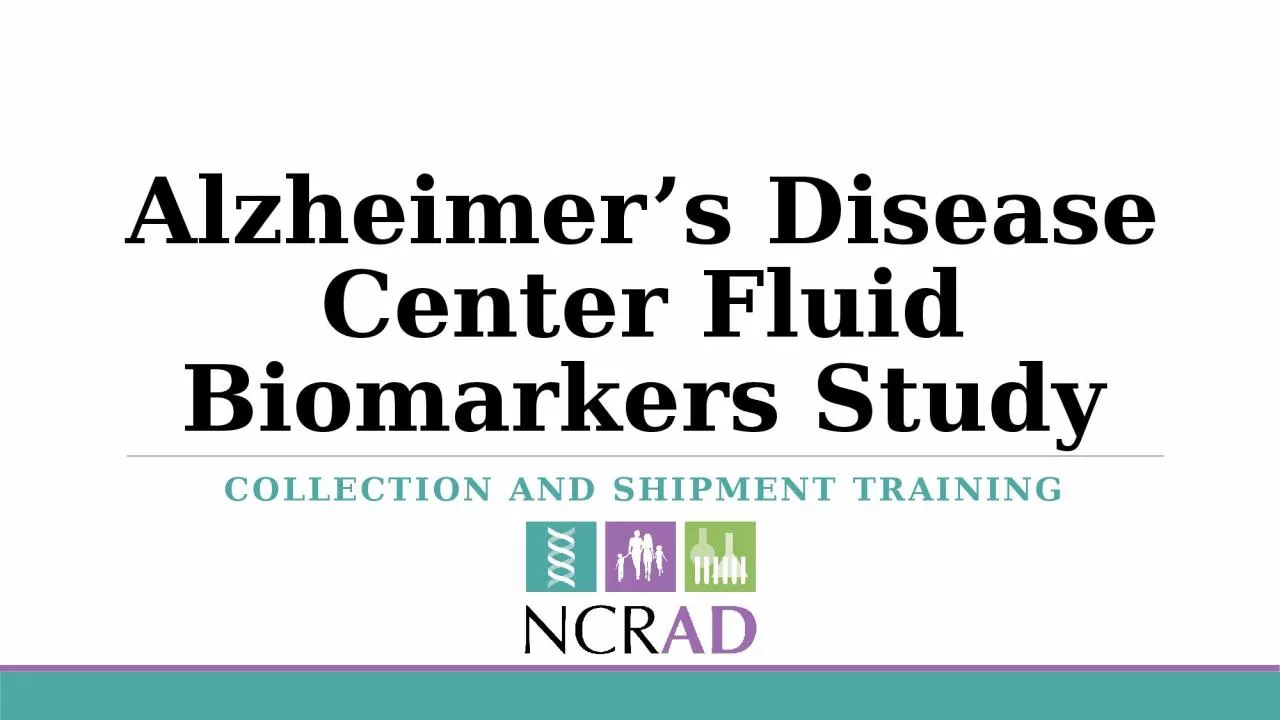
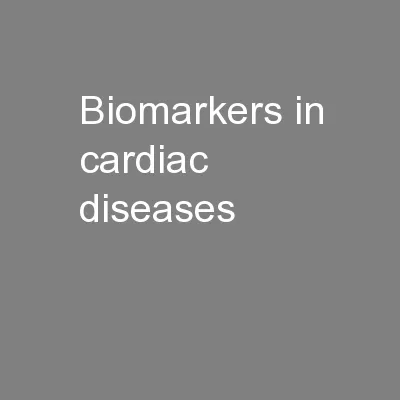

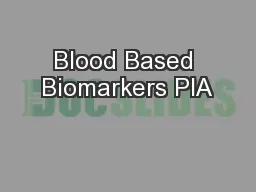


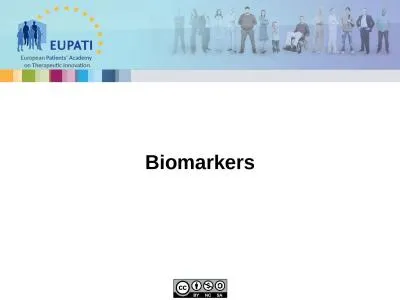
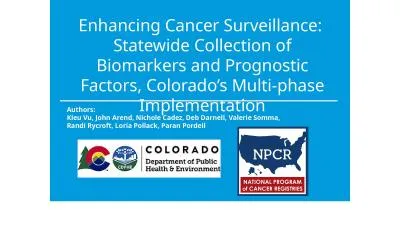
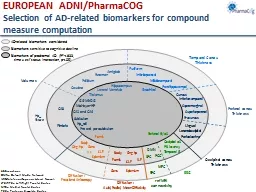
![[READ DOWNLOAD] THE 30-DAY ALZHEIMER\'S SOLUTION BOOK :: Care givers guide to Caring for](https://thumbs.docslides.com/1020284/read-download-the-30-day-alzheimer-s-solution-book-care-givers-guide-to-caring-for-people.jpg)
